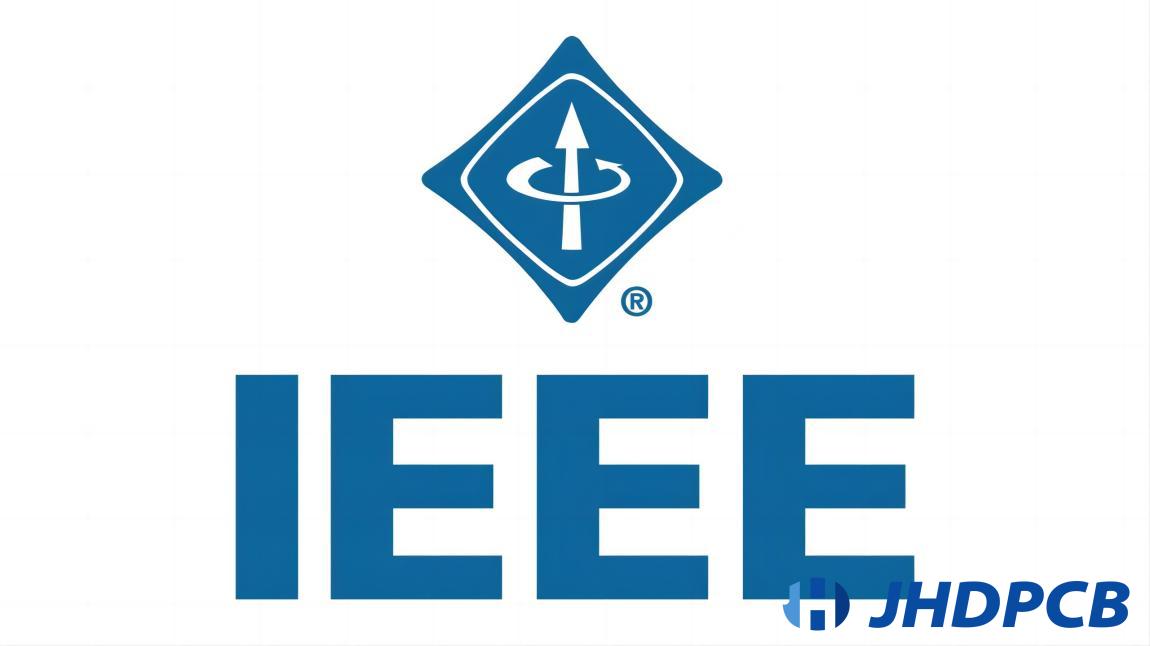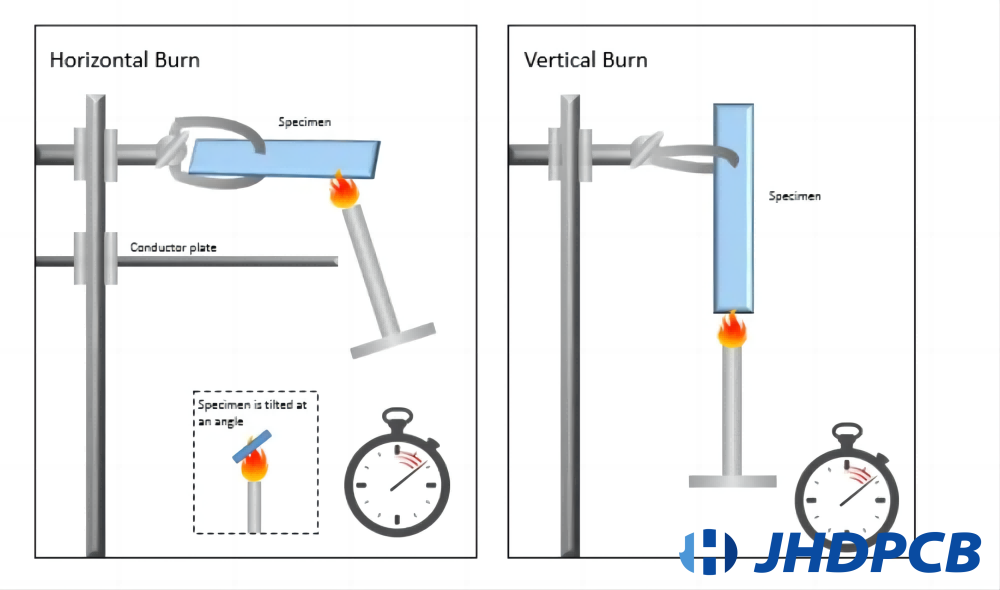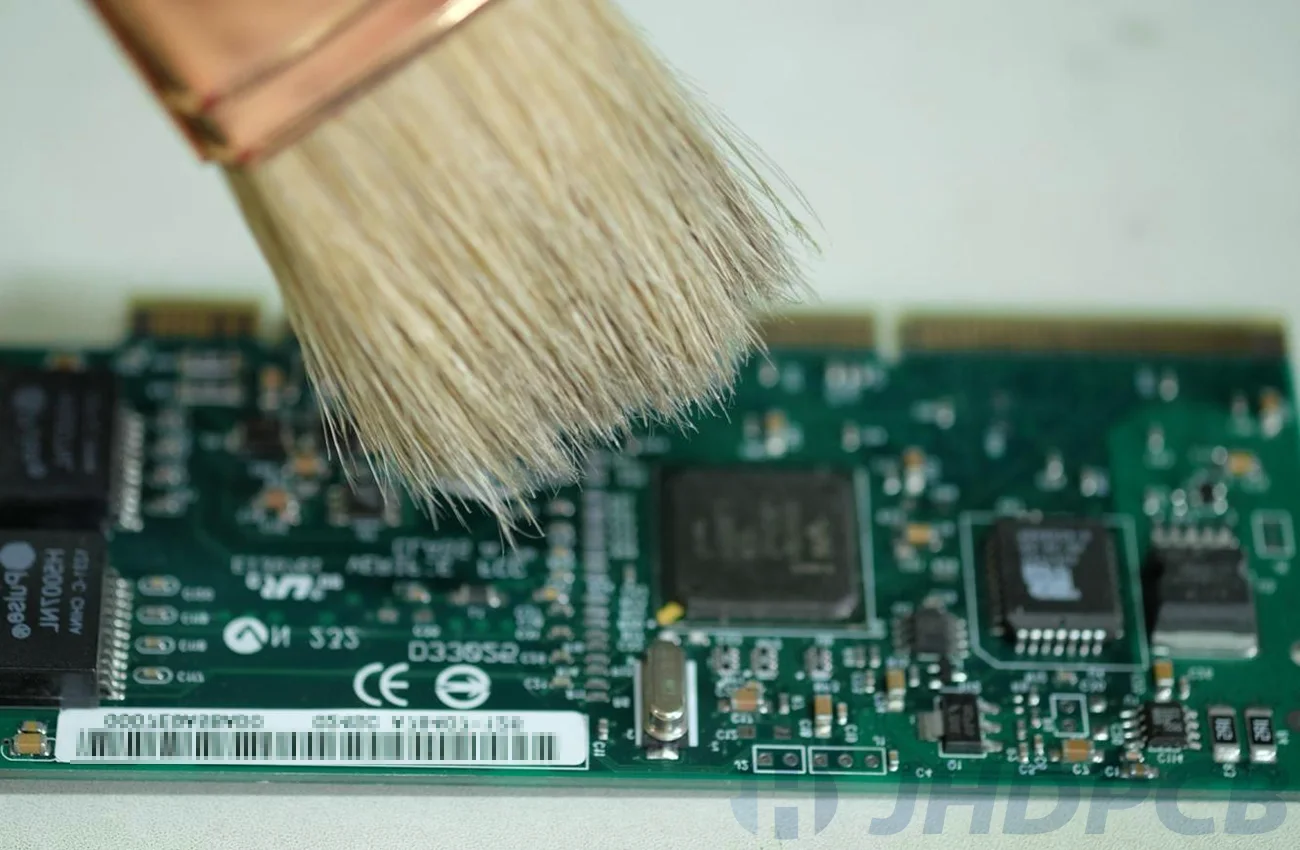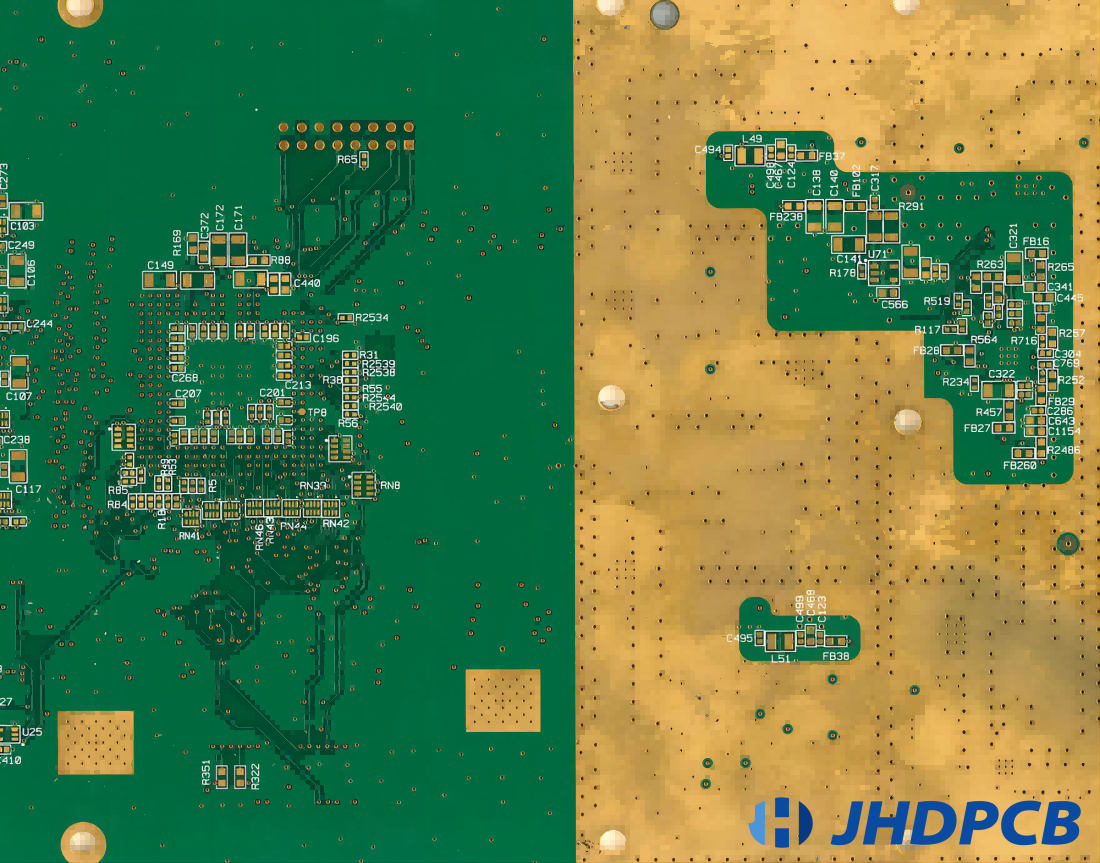IEEE Standard In PCB Design
What is the IEEE standard?
IEEE Standards, developed by the Institute of Electrical and Electronics Engineers, represent a comprehensive suite of industry norms that are pivotal to the advancement of technology. As the world’s largest technical professional organization, IEEE boasts an extensive membership of over 360,000 individuals across 150 countries, with more than 350 local chapters. The organization’s structure includes 35 societies and two councils, underscoring its broad technical scope. These standards span various sectors such as communications, computer networking, power systems, and electronic devices, with the IEEE 802 series being particularly prominent. Notably, IEEE 802.3 (Ethernet™) and IEEE 802.11 (Wi-Fi™) have been instrumental in shaping internet technologies as we know them today. Beyond their technical impact, IEEE Standards play a crucial role in fostering global innovation, enabling international trade, safeguarding consumer interests, and addressing broader societal challenges. By establishing a consensus and offering precise technical guidelines, these standards ensure interoperability and uniformity in global technological practices. Distinct from other standards set by bodies like ISO, IEC, or China’s GB, IEEE Standards carve out a unique space in the tech industry, focusing on areas specific to electrical engineering and computer sciences.
In essence, IEEE Standards are not just specifications.they are cornerstones for the development and integration of technology on a global scale.
Below is a table that provides an overview of the important IEEE standards list, classified by their application domain, along with some key areas and the associated standard numbers:
| Application Domain | Standard Series/Number | Description |
|---|---|---|
| Computer and Information Technology | IEEE 802 Series | Standards for Local and Metropolitan Area Networks, including Ethernet (IEEE 802.3), Wireless LAN (Wi-Fi, IEEE 802.11), and others. |
| IEEE 754 | Specification for Floating-Point Computation, which outlines the structure for floating-point numerals utilized in computer processing. | |
| Computer and Information Technology | IEEE 1547 Series | Criteria for integrating distributed energy resources into electrical grids |
| IEEE C37 Series | Standards for electrical power system protection devices. | |
| Biomedical and Healthcare | IEEE 11073 Series | Standards for health informatics and medical device communication. |
| Telecommunications | IEEE 802.16 | Standard for Broadband Wireless Access (WiMAX). |
| IEEE 802.22 | Standard for Wireless Regional Area | |
| Networks in TV Whitespaces. | ||
| Robotics and Automation | IEEE 1872 | Criteria for Knowledge Structures in Robotics and Automation. |
| Nanotechnology | IEEE 1650 | Standard for Test Methods for Measurement of Electrical Properties of Carbon Nanotubes. |
How to cite ieee standard?
Citing an IEEE standard involves adhering to a specific format that ensures consistency and professionalism in academic or technical documents. Here is a detailed guide on how to cite an IEEE standard:
Basic Format for Citing IEEE Standards
When citing an IEEE standard, you should include the following information in this order:
- Title of the Standard: This should be the official title as it appears in the document.
- Standard Number: This is a unique identifier for the standard, usually consisting of numbers and letters.
- Year of Publication: This is the year when the standard was officially published by IEEE.
- Author or Issuing Organization: In the case of IEEE standards, the “author” is typically the organization that issued the standard, which is often IEEE itself or an IEEE committee.
- Location of the Issuing Organization: Headquarters of the Issuer: This usually refers to the primary location or base of the organization. For IEEE, it would be Piscataway, NJ, USA.
Basic Format for Citing IEEE Standards
For a printed standard, the citation might look like this:
- IEEE Standards Association, “IEEE Standard for Information Technology–Telecommunications and Information Exchange Between Systems Local and Metropolitan Area Networks–Specific Requirements,” IEEE Std 802.11-2016, Dec. 2016.
For a standard accessed online, the citation includes the URL or DOI (Digital Object Identifier) and might look like this:
- IEEE Standards Association, “IEEE Criteria for Class IE Electric Systems,” IEEE Standard 308, 1969. [Online]. Available: http://standards.ieee.org/about/get/308/
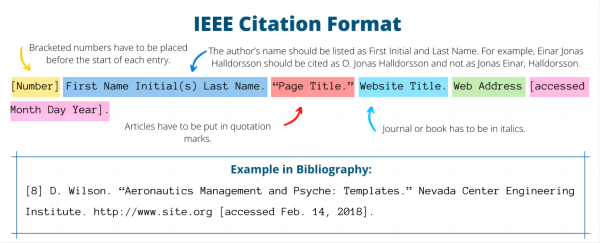
Notes on Citation Style
The citation style described above is a general format that may vary depending on the specific guidelines of the document in which you’re citing the standard (e.g., paper, report, thesis). Always consult the style guide or citation rules of your document for the most accurate format.
When citing online resources, it is good practice to include the date you accessed the resource, especially if the content is subject to change.
If using a DOI, it is not necessary to include the URL, as the DOI will lead directly to the standard.
Using Citation Management Tools
Many citation management tools like EndNote, Zotero, or Mendeley can automatically generate citations in various formats once you input the required information. These instruments can be especially beneficial for organizing numerous references and creating reference lists.
By carefully following these steps and guidelines, you can accurately cite IEEE standards in your work.
What is the IEEE P370 standard?

The IEEE P370 standard, titled “Standard Test Methods for Characterizing High-Speed Board-to-Board Connectors,” aims to provide a comprehensive set of guidelines and methodologies for testing and characterizing high-speed board-to-board connectors. These connectors are crucial components in electronic systems that facilitate the transmission of high-frequency signals between printed circuit boards (PCBs) or other electronic modules.
Specifically, the standard focuses on addressing the challenges associated with modeling and simulating high-speed PCB interconnects when dealing with broadband signals, especially up to 50 GHz. This includes considerations for signal integrity, impedance control, and minimizing signal distortion at these high frequencies.
Key aspects of the standard may include but are not limited to:
- S-Parameter Measurement Techniques: This may cover detailed methodologies for measuring S-parameters, which are essential for characterizing the frequency-dependent behavior of high-speed interconnects. The standard may specify procedures for performing time-domain reflectometry (TDR) and vector network analyzer (VNA) measurements to extract S-parameters accurately over a wide frequency range.
- Connectors’ Signal Integrity Considerations: Given the importance of signal integrity in high-speed interconnects, the standard might provide guidance on evaluating parameters such as insertion loss, return loss, impedance matching, and crosstalk. These considerations are crucial for ensuring reliable signal transmission and minimizing distortion at high frequencies.
- Fixture Design and Calibration: The standard may include recommendations for designing test fixtures and calibration procedures to account for measurement uncertainties and ensure accurate and repeatable results. Proper fixture design and calibration are essential for minimizing parasitic effects and obtaining precise measurements of connector performance.
- Broadband Testing Approaches: Since high-speed applications often operate in a wide frequency range, the standard likely addresses the need for broadband testing approaches. This could involve discussing measurement techniques and equipment capabilities necessary to effectively test connectors and characterize their performance across a broad frequency spectrum.
- Consistent Terminology and Reporting: To promote consistency and clarity in testing and documentation, the standard may offer guidance on terminology and reporting formats. This helps ensure that test results and performance data from different sources can be easily compared and interpreted within the industry.
Compliance Verification Procedures: The standard might outline procedures for verifying compliance with its requirements, including methods for assessing whether a particular connector meets the specified performance criteria and test methodologies.
Overall, the IEEE P370 standard serves as a vital resource for designers, manufacturers, and test engineers involved in developing high-speed electronic systems. By providing detailed methodologies, recommended practices, and standardized testing approaches, the standard aims to facilitate the accurate characterization and reliable performance assessment of high-speed board-to-board connectors under broadband signal conditions, ultimately contributing to the advancement of high-speed interconnect technologies.
Test Structures of IEEE P370 standard
IEEE P370 emphasizes using standardized test structures to ensure that S-parameter results are consistent across different engineering setups. This standardization is vital for reproducibility and accuracy in measurements.
1. 2x-thru Configuration:
Among the recommended test structures, the 2x-thru configuration is highlighted for its effectiveness in de-embedding processes, offering a solid basis for precise measurements.

For the 2x-thru configuration, one fundamental parameter is the characteristic impedance (Z0), which ideally should match that of the system or device under test (DUT). The reflection coefficient ((\Gamma)) can be calculated using:
[ \Gamma = \frac{Z_{L} – Z_{0}}{Z_{L} + Z_{0}} ]
where (Z_{L}) is the load impedance. For a perfectly matched system, (\Gamma = 0), indicating no reflection.
2.Line and Beatty Standards:
The standard introduces two essential structures for calibration and fixture de-embedding verification. The line structure aids in determining S-parameters through its ABCD parameters, while the Beatty structure, with its distinct return loss and insertion loss spectrum, serves as a crucial tool for instrument calibration.
- Line Structure: The S-parameters of a transmission line can be derived from its ABCD parameters as follows:
[ S_{21} = S_{12} = \frac{2}{A + B/Z_{0} + C Z_{0} + D} ]
[ S_{11} = S_{22} = \frac{A + B/Z_{0} – C Z_{0} – D}{A + B/Z_{0} + C Z_{0} + D} ]
assuming a symmetric structure where (S_{11} = S_{22}) and (S_{21} = S_{12}).
- Beatty Standard: The resonant frequency ((f_{r})) of the Beatty standard can be approximated by:
[ f_{r} = \frac{1}{2\pi\sqrt{LC}} ]
where (L) is the inductance and (C) is the capacitance of the resonant cavity.
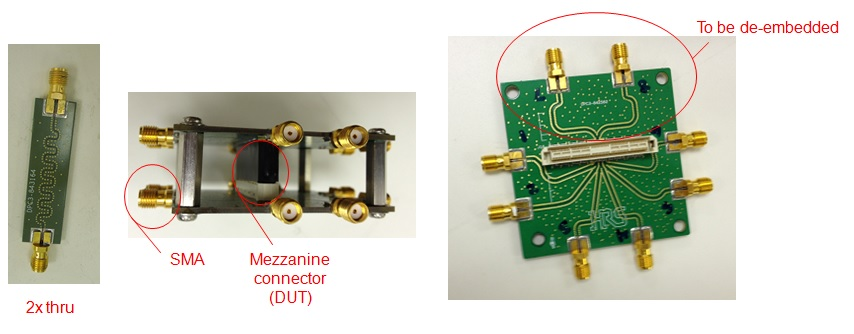
De-embedding Procedures
Critical Role of De-embedding:
De-embedding is a key procedure within IEEE P370, which involves using a library of gold-standard S-parameters for predefined test structures to isolate the DUT’s pure S-parameters from the measured data. This process enhances the accuracy of S-parameter data and supports more reliable simulations.
The de-embedding process involves removing the effects of the test fixture or structure from the measured S-parameters. If (S_{measured}) represents the combined S-parameters of the DUT and the test structure, and (S_{test}) represents the S-parameters of the test structure alone, the pure DUT S-parameters ((S_{DUT})) can be extracted by:
[ S_{DUT} = f(S_{measured}, S_{test}) ]
The specific formula for (f(\cdot)) depends on the de-embedding method used, which could range from simple subtraction in the linear domain to more complex matrix operations.
S-parameter Quality Metrics
- Causality:
Ensures that the S-parameters do not introduce causal artifacts in the time-domain response when used to construct an impulse response. This metric checks the temporal consistency of the S-parameters.
Causality implies that the system’s response cannot precede the input stimulus. Within the frequency spectrum, this is associated with the Hilbert transformation guaranteeing that the real and imaginary segments of the scattering parameters adhere to the principles of the Kramers-Kronig relations. - Reciprocity:
Relates to the symmetrical nature of the S-parameter matrix for reciprocal DUTs, indicating that the matrix should mirror its own transpose. This property is fundamental for passive networks.For a reciprocal network, (S_{ij} = S_{ji}). This means if signal travels from port i to port j the same way it would from j to i, which can be mathematically represented as:[S_{12} = S_{21}]
- Passivity:
Asserts that the S-parameters must not be influenced by the strength of the input signal, emphasizing the passive behavior of the network. This ensures that the network does not generate energy.A passive network cannot generate energy, implying that all eigenvalues of the S-parameter matrix must have magnitudes less than or equal to 1:[ |eigenvalues(S)| \leq 1 ]
By establishing these rigorous criteria, the IEEE P370 standard equips designers and engineers with the confidence that their S-parameter data for components or passive structures integrated into PCBs will produce accurate and consistent results in simulations. This approach addresses the challenge of inconsistent S-parameter data, facilitating more reliable and precise analyses in high-frequency signal integrity.
Incorporating test structures into your PCB design
Placing test structures on your Printed Circuit Board (PCB) is a critical step in the design and analysis process, especially for high-speed PCBs. These structures are essential for ensuring that your designs meet the necessary standards and perform as expected under real-world conditions. The discussion mentions IEEE P370 compliance, which is a set of guidelines for characterizing high-speed printed circuit board interconnects. This compliance is crucial for ensuring the integrity of signals at high frequencies.
Key Points for Placing Test Structures on Your PCB:
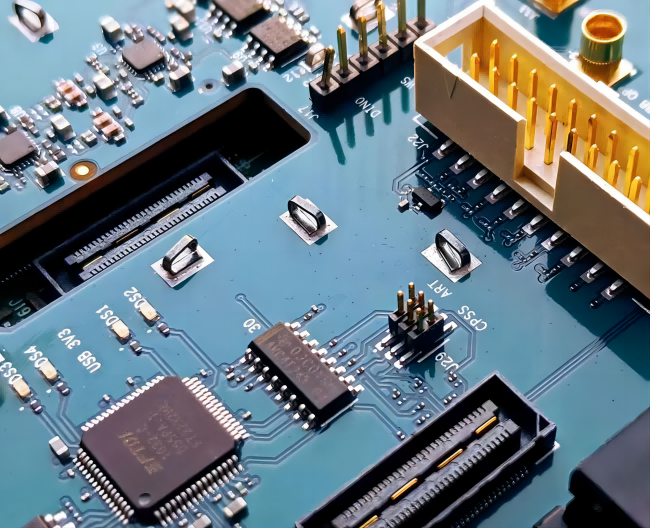
Importance of Test Structures:
They allow designers to validate the electrical performance of their PCB designs, particularly in terms of impedance, signal integrity, and potential issues like crosstalk. By simulating how the PCB will perform under various conditions, designers can make necessary adjustments before moving to production, saving time and resources.
Using Altium Designer® for Creating Test Structures:
Altium Designer offers advanced PCB layout utilities that facilitate the creation of accurate test structures. Its capabilities include high-speed design features, signal integrity analysis, and impedance control, among others. These tools are integral for designing PCBs that meet the stringent requirements of modern electronics.
Preparation for Manufacturing and Assembly:
Altium Designer not only helps in creating the PCB design but also in preparing the boards for manufacturing and assembly. This includes generating the necessary documentation, such as Gerber files, Bill of Materials (BOM), and assembly drawings, which are critical for a smooth transition from design to production.
Collaboration through Altium 365®:
Sharing design data and collaborating with remote teams are made easier with Altium 365. This platform integrates directly with Altium Designer, providing a seamless environment for managing design data, version control, and project collaboration. This is especially advantageous in the current global work setting, where team members might be spread out over various places.
Continuous Learning and Exploration:
The mention of product pages and On-Demand Webinars suggests that Altium is committed to providing ongoing education and support for its users. Staying updated with the latest features, best practices, and industry standards is crucial for PCB designers to remain competitive and efficient.
Incorporating test structures into your PCB design is a fundamental step towards ensuring the reliability and performance of your electronic devices. Tools like Altium Designer and platforms like Altium 365 play a pivotal role in streamlining this process, from design and analysis to collaboration and manufacturing preparation. By adhering to standards such as IEEE P370 and leveraging advanced design tools, PCB designers can significantly enhance the quality of their products and expedite the development cycle.
What is IEEE used for?
The Institute of Electrical and Electronics Engineers (IEEE) occupies a crucial position in the development of PCB technology, vital for contemporary electronic devices. Through setting standards, publishing research, educational programs, and promoting ethical practices, IEEE drives PCB innovation and ensures their development aligns with both current needs and sustainable, ethical principles. This active involvement by IEEE not only enhances PCB technologies but also ensures their central role in electronic product development and integration.
Standards Development:
IEEE’s role in developing global standards is crucial for the PCB industry. The organization’s work in creating standards for electronic design automation (EDA), signal integrity, power integrity, and electronic packaging directly impacts how PCBs are designed, manufactured, and tested. For example, the IEEE P1838 standard focuses on test access architecture for 3D integrated circuits but also has implications for PCB testing strategies. By ensuring interoperability and reliability, these standards facilitate the integration of PCBs into a wide range of electronic products and systems.
Publications and Research:
IEEE’s vast repository of technical literature includes research and articles on advancements in PCB technologies. Topics such as innovative materials, high-speed design techniques, thermal management, and miniaturization are covered in IEEE journals and conference proceedings. This body of knowledge serves as a valuable resource for engineers, designers, and researchers involved in PCB development, offering insights into cutting-edge technologies and methodologies.
Conferences and Meetings:

Many IEEE-sponsored conferences feature sessions and workshops dedicated to PCB and related technologies. Events like the IEEE Electronic Components and Technology Conference (ECTC) and others provide platforms for presenting the latest research in PCB design, fabrication processes, and electronic packaging. These gatherings are pivotal for knowledge exchange, networking, and staying abreast of industry trends and challenges.
Educational Resources:
IEEE offers educational materials and professional development opportunities that cater to professionals working in the PCB field. Online courses, webinars, and certification programs can cover a range of topics from basic PCB design principles to advanced aspects of electromagnetic compatibility (EMC) and high-density interconnect (HDI) technology. These resources aid in skill enhancement and career advancement for PCB designers and engineers.
Professional Networking:
IEEE’s societies and communities, such as the IEEE Components, Packaging, and Manufacturing Technology Society (CPMT), bring together professionals with interests in PCB technology and electronic packaging. Membership in these groups facilitates collaboration, knowledge sharing, and innovation among individuals engaged in the PCB industry.
Ethical Standards and Social Responsibility:
In the context of PCB technology, IEEE’s emphasis on ethics and social responsibility encourages the development of environmentally friendly materials and sustainable manufacturing practices. The organization promotes discussions on reducing electronic waste and improving recyclability, aligning with broader goals of sustainability and environmental stewardship in the electronics industry.
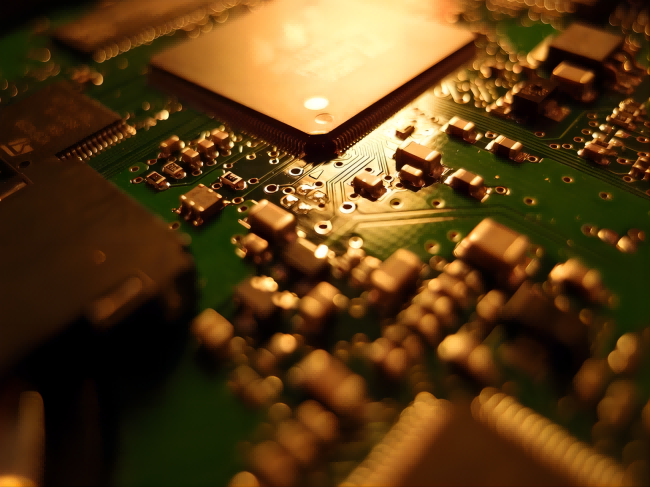
By integrating these points, it becomes clear that IEEE plays a pivotal role in advancing PCB technology through standardization, knowledge dissemination, professional development, and ethical guidance. Its contributions help shape the future of PCB design and manufacturing, ensuring that these critical components continue to meet the evolving demands of the electronics industry while adhering to principles of sustainability and social responsibility.
FAQ of IEEE Standard
How many IEEE standards are there, and can you explain IEEE standards?
The IEEE has developed over 1,300 active standards, with many more under development. These standards cover a wide range of technological and engineering disciplines. To explain IEEE standards, they are a set of globally recognized guidelines and frameworks that ensure the reliability, safety, and efficiency of products, services, and systems across various fields of technology and engineering. They are developed through a consensus-building process that involves experts from around the world, aiming to foster innovation, protect consumers and users, and facilitate fair trade and communication among different industries and countries.
How to reference IEEE standard?
To reference an IEEE standard in your document, include the standard number, title, year of publication, and publisher. The format usually follows: [Standard Number], “Title of Standard,” [Year Published]. IEEE.
What is the IEEE floating point standard?
The IEEE floating point standard, known as IEEE 754, defines formats and operations for floating-point arithmetic in computer systems. This standard ensures consistency and predictability in floating-point calculations, which is crucial for numerical computations across different platforms.
What is the significance of the IEEE Standards Association (IEEE SA)?
The IEEE Standards Association (IEEE SA) is an organization within IEEE that develops, publishes, and promotes global standards for a wide range of industries. The IEEE SA facilitates the creation of standards that ensure the functionality, capabilities, and interoperability of a wide range of products and services, enhancing innovation and protecting public safety.
What is a hipot test standard IEEE?
A hipot (high potential) test is a type of electrical safety test designed to stress electrical devices and insulating materials with high voltage levels to ensure they operate safely under rated conditions. While the IEEE does not have a specific “hipot test standard,” it has published standards related to electrical insulation and testing that may cover aspects of hipot testing. Standards such as IEEE 43 and IEEE 95 provide guidelines for insulation resistance testing and high-voltage testing of electrical apparatus, respectively.
Are there different IEEE standards for various technologies?
Yes, there are different IEEE standards tailored to various technologies and application domains. These standards address specific requirements, protocols, and guidelines for a wide range of areas including telecommunications, power systems, computing, robotics, healthcare technologies, and more, ensuring reliability, safety, and interoperability across these fields.
Where can I find IEEE standards for free?
Access to free IEEE standards is limited; however, some may be available through academic institutions’ subscriptions, IEEE Xplore Digital Library’s trial access, or specific programs that IEEE might offer for educational purposes.
Are there resources listing all IEEE standards?
A comprehensive ieee all standards list can be found on the IEEE Xplore Digital Library, which provides detailed information, including the status, scope, and purpose of each standard.
Is there an IEEE standard calculator available?
While there isn’t a specific “IEEE standard calculator,” various IEEE standards may provide calculations, formulas, or algorithms as part of the standard’s content, applicable in software or tools developed for engineering and technical calculations.
IEEE standards, particularly IEEE P370, are crucial for setting quality, reliability, and interoperability benchmarks in technology. These standards guide professionals in electrical and electronics engineering, ensuring high levels of excellence and innovation. JHDPCB excels in applying these standards, especially IEEE P370, to deliver superior PCB design and manufacturing services. We invite engineers and tech professionals seeking advanced PCB solutions to connect with us. As your trusted partner, JHDPCB is dedicated to driving technological innovation and engineering success. Contact us to enhance your projects with our expertise.
